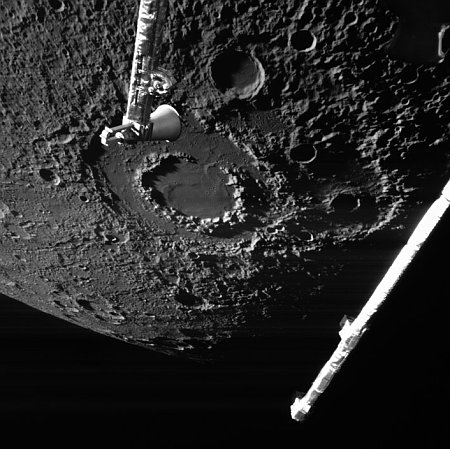CEO of the German rocket statup Isar Aerospace pulls a Musk

Proposed spaceports surrounding Norwegian Sea
During an interview at a conference this week, Daniel Metzler, the CEO of the German rocket statup Isar Aerospace, imitated the kind of comments issued routinely by Elon Musk prior to one of SpaceX’s daring test launches, stating that the first launch of Isar’s Spectrum rocket will be a success “if we don’t blow up the launch site.”
“For me, the first flight will be a success if we don’t blow up the launch site,” explained Metzler. “That would probably be the thing that would set us back the most in terms of technology and time.” He went on to explain that the company’s “test early and improve iteratively” development approach was inherently risky.
Though no launch date has been set, there are indications based on the activity at the Andoya spaceport in Norway, where Isar has a 20-year lease on the only launchpad, that this launch could occur within the next month or so. Andoya received its spaceport license late last month, and it also appears that Norway’s bureaucracy is not acting to delay this activity, as has the Civil Aviation Authority in the United Kingdom.

Proposed spaceports surrounding Norwegian Sea
During an interview at a conference this week, Daniel Metzler, the CEO of the German rocket statup Isar Aerospace, imitated the kind of comments issued routinely by Elon Musk prior to one of SpaceX’s daring test launches, stating that the first launch of Isar’s Spectrum rocket will be a success “if we don’t blow up the launch site.”
“For me, the first flight will be a success if we don’t blow up the launch site,” explained Metzler. “That would probably be the thing that would set us back the most in terms of technology and time.” He went on to explain that the company’s “test early and improve iteratively” development approach was inherently risky.
Though no launch date has been set, there are indications based on the activity at the Andoya spaceport in Norway, where Isar has a 20-year lease on the only launchpad, that this launch could occur within the next month or so. Andoya received its spaceport license late last month, and it also appears that Norway’s bureaucracy is not acting to delay this activity, as has the Civil Aviation Authority in the United Kingdom.

















